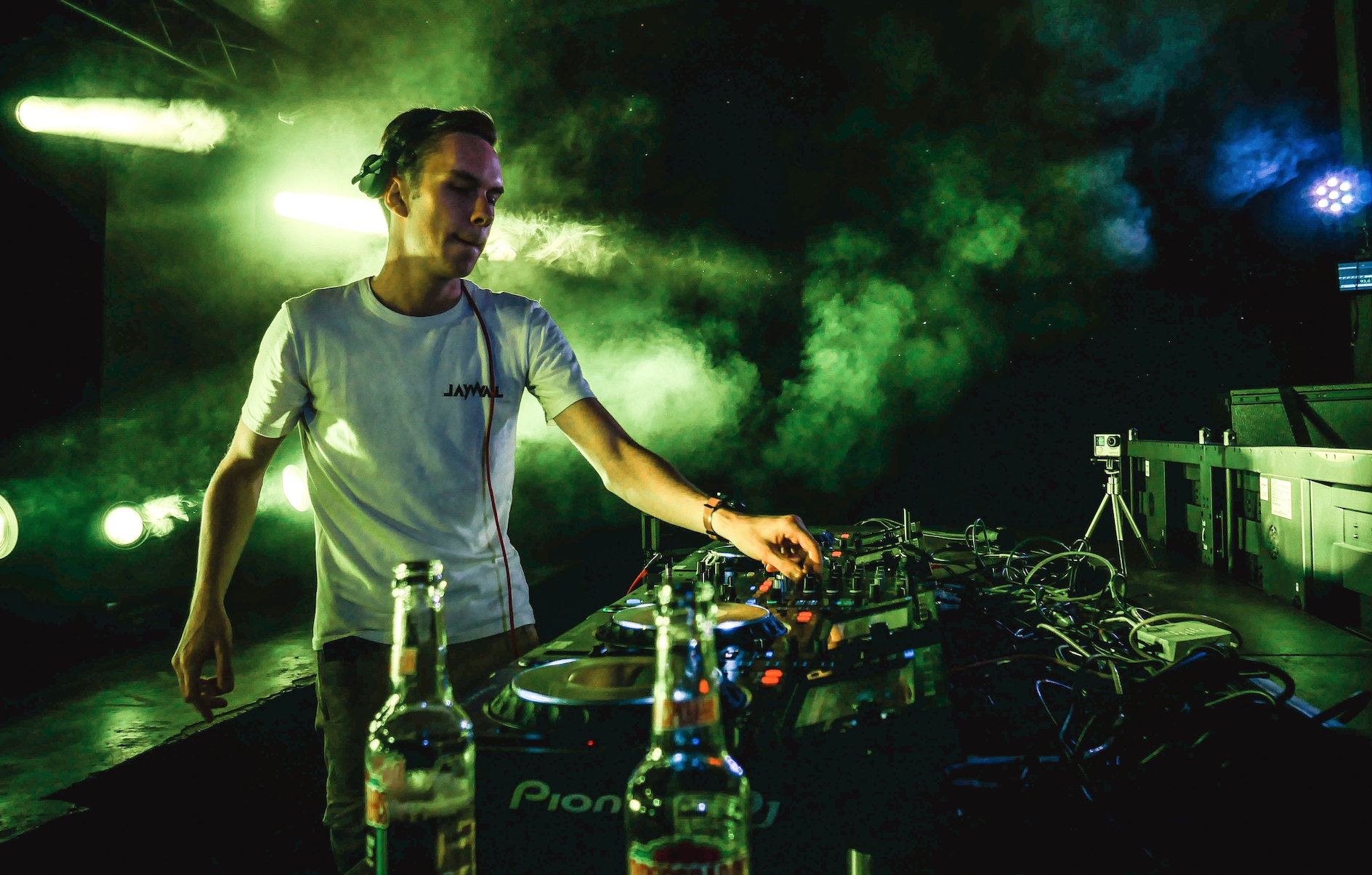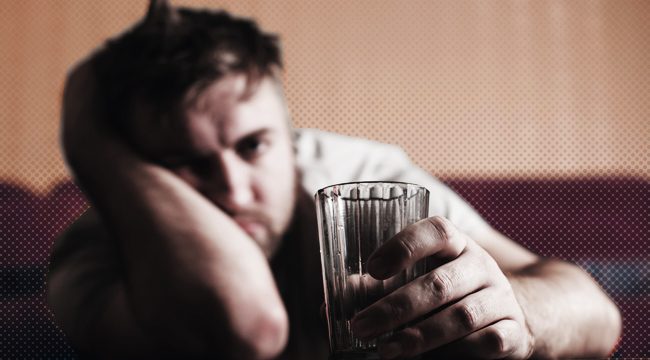If personal accounts and the 1999 Jay Mohr vehicle Go are to be believed, MDMA is the best drug on earth. The substance — once called Ecstasy, now Molly — has been a rave/electronic party staple for decades. After some relatively fallow years in the late 2000s, the drug has enjoyed a pop-culture renaissance since 2012, when Kanye rapped about it, Miley danced with it, and the media was flooded with articles warning everyone of its dangers.
But despite admonitions that using MDMA even once could permanently damage your brain, the drug remains popular at night clubs and festivals (where it has claimed lives). Anti-MDMA crusaders have an uphill struggle. How do you contend with a substance that, as one person told us, “Feels like orgasming constantly in both mind and body”?
Besides, is it really that dangerous? Isn’t that just panic-driven media?
We spoke to Malcolm Thaler, M.D. of One Medical Group to discover the truth about whether it’s safe to take Molly (the name that’s currently associated with street-level MDMA) on a casual basis, how to be as cautious as possible when rolling, and the unintended effects that can occur after use.
What Is Molly?

Here’s the deal: When we speak about Molly, we’re talking about MDMA — Molly is just an abbreviation for molecule (it’s also been called Adam and Mandy) — the active ingredient in what used to be called Ecstasy. The substance works by raising the activity levels of serotonin, dopamine, and norepinephrine and functions as a stimulant — allowing users to party for hours while feeling flooded with euphoria. And while MDMA is certainly enjoying a resurgence right now, it was actually synthesized in 1912 ( originally created to be an appetite suppressant) and came into vogue in the 1970s and ’80s, where it was particularly popular in the gay club scene.
The reason people prefer Molly to Ecstasy, Malcom Thaler tells us, is because there’s an idea that powdered or crystalline MDMA (which can be consumed in capsule form or dissolved in water) is more pure and unadulterated than ecstasy tablets. Thaler points out that purer MDMA doesn’t actually make the substance any safer, nor does calling something Molly automatically make it pure. And since Molly production isn’t regulated and varies from dealer to dealer, it’s likely that even the “purest” stuff on the market is still cut with other substances such as cocaine, meth, and opiates. Which is why organizations such as DanceSafe are so adamant that you test the Molly you buy before ingesting it — just so you know what you’re actually putting into your body.
It’s possible that MDMA has therapeutic uses — ecstasy was once used in couples’ counseling and MDMA is currently being researched as a treatment for Post Traumatic Stress Disorder — but it’s important to also remember that the MDMA being used by researchers is far purer than the kind you can buy on the street.
How Safe Is Molly For the Casual User?

According to Thaler, all those articles telling you that using Molly once can kill you aren’t wrong. The drug can also cause severe side effects, everything from nausea, chills, and teeth grinding to high blood pressure, hyperthermia (overheating), arrhythmia, and heart or kidney failure.
“If you’re concerned about long-term changes in the brain,” Thaler says, “we don’t know what happens, exactly. We do know, however, that long-term use has been associated with low levels of serotonin in the brain and chronic depression. I couldn’t tell you that you could safely use Molly once a week, once a month, or once every season. We don’t know that. We don’t have an answer to that.”
You Can’t Compare Molly To Other Substances
Thaler is explicit about the fact that you can’t — in an effort to reason away any anxiety — compare casual Molly use with, for instance, having a drink or two every night.
“You’re comparing apples and toaster ovens,” he says when we ask whether it’s more dangerous to have two drinks a night or take Molly once in a while. “It’s a meaningless statement. For many people, having two cocktails a day is not only not harmful, but it may be slightly beneficial. In general, that kind of alcohol use has not been associated with increased mortality.
“With Ecstasy and MDMA,” Thaler continues, “you don’t know. One time can be horrible and do you in. If you use it regularly, the 10th time could be the one that brings you to the emergency room. There are over 20,000 emergency room visits every year from this stuff, so it’s hard to deny the dangers.”
You Have to Know What You’re Doing If You’re Going to Use Molly

Most of us, when offered a substance we haven’t tried, don’t immediately go to Google to figure out if it’s going to end up being harmful. Often, we trust the people around us, who have taken the substance before (hopefully) to guide us through the experience. But even those people may not be helpful when it comes to explaining how Molly works. They’re probably not neurologists, after all. That’s why, if you’re going to do Molly, (against Thaler’s better judgment) it’s important to know what you’re getting yourself into.
The first rule? Don’t overdo it or expect instantaneous results.
“It takes about an hour at the earliest for the euphoric effects to kick in,” Thaler says. “People who don’t know that will say ‘it’s doing nothing, let’s take some more.’ Before you know it, they’re having seizures, or delirium, or hyperthermia. All the psychosis and all the things that can happen when there’s too much of the drug.”
You might have experienced this kind of lag time before, when you tried marijuana edibles for the first time. The problem, however, is that unlike marijuana, which can give you an extended panic attack at the very worst, doing too much Molly can actually cause long-term damage. So wait a while before you start doing more and try to set some ground rules for yourself regarding mixing substances — not even weed, as that can potentiate the effects of Molly — and staying hydrated.
“You want to stay very well hydrated because dehydration can be a big problem with it,” Thaler says. Since MDMA raises both the temperature of your body and your brain (as does the physical exertion of dancing), not staying hydrated can lead to major issues. “Hyperthermia,” Thaler says, “where your fever can rise out of control, is a real problem. If it rises high enough, you start to break down the body’s tissues — muscle break-down, for instance. The components of the muscle then go to the kidney and ruin your kidneys.”
And here’s where it gets tricky: You don’t want to be too hydrated, either. “By drinking too much,” Thaler says,”you contribute to the low sodium. Low sodium can cause seizures, delirium, and swelling of the brain, even death. So, it’s a fine line.” The best way to make sure you’re staying safe and hydrated? According to the Drug Policy Alliance, you should take breaks from physical activity — even if it feels good — to drink and cool off and don’t just stick to water. If you want to keep your sodium levels at a rate near-normal you should make an effort to consume juices or other liquids that have electrolyte-replenishing properties.
You May Not Know If You’ve Done Too Much

We always wonder why people don’t know when they’ve done too much Molly. That’s because, as Thaler says, you can’t think clearly while you’re high.
“You’re euphoric,” he says, “you’re sexually aroused, all your inhibitions are thrown off. You’re experiencing psychedelic effects and your judgment is going to be off. You’re at a rave, and someone hands you some cocaine, some marijuana, or some alcohol and you’re going to go for it because you’re not thinking clearly.”
This is also where it’s important to remember that mixing drugs can get dangerous in a hurry. That’s because while weed won’t put any more physical strain on your body, it will lower inhibitions, making it even harder to say no if someone offers you more Molly or a third substance to add to the mix.
Don’t Take Molly If You’re On An Antidepressant

This is one of those rules that the people you’re doing Molly with likely won’t know, but taking an MDMA-based drug while also on a Selective Serotonin Reuptake Inhibitor (SSRI) or a Monoamine Oxidase Inhibitor (MAOI) can be unpleasant, dangerous, and potentially lethal.
If you’re taking an antidepressant, Thaler says, “you’re going to run the danger of serotonin syndrome. You’re combining two things that raise your serotonin level and that does terrible things to your muscles, causing spasms, tremors. You’re rigid, you’re agitated. Your temperature goes soaring. You don’t ever want to combine that. Someone who’s on an SSRI should not be going anywhere near MDMA”
It’s especially important to be careful here: If you’re on an SSRI, the effects of Molly will be weakened. That means you’re going to have to take more to feel something and may be at a much higher risk for overdose. In addition, the combination — because it also weakens the effectiveness of the SSRI and releases so much serotonin — could cause your depression to get worse. It’s true that MDMA is being studied as a way to lower depression and anxiety, but you must remember that these studies are still only in their experimental stages, use only pure MDMA, and are dosed to provide therapeutic relief, not just a good time.
If you’re using MAOIs, it’s imperative that you do not mix your antidepressant with MDMA. According to DanceSafe, mixing the two creates a dangerous combination that has resulted in multiple fatalities. If you’d like to take MDMA (in any form) and are using this type of prescription medication, there needs to be at least a two-week window between the time you stop taking the antidepressant and when you use Molly.
For a complete list of physical and psychological contraindications, check out this list.
The Crash Afterwards Is Inevitable

While rolling on Molly can be fun (life-changing, according to some), it doesn’t come without a cost. That cost is loss of sleep, a hangover that’s more like depression, and “the Tuesday Blues” which are depressive symptoms that can come on a few days after you’ve used. TheDEA.org, suggests that immediate hangovers can include symptoms such as tiredness, loss of appetite, and a lack of motivation; “The Tuesday Blues” are marked by symptoms of depression and irritation. TheDEA.Org suggests not doing more Molly for another month, which is how long it takes for everything to go back to normal.
“That’s what makes it addictive,” Thaler says, speaking of these effects. “You then say, ‘I need to get that kickback again.’ You start taking more, and more, and more. Before you know it, you’re in trouble.” It’s especially important to remember that these types of hangovers get worse with regular use, not better, so taking more MDMA to combat these feelings will not only put you at risk for the problems that arise from taking the drug itself but also increase the physical and psychological comedown effects.







